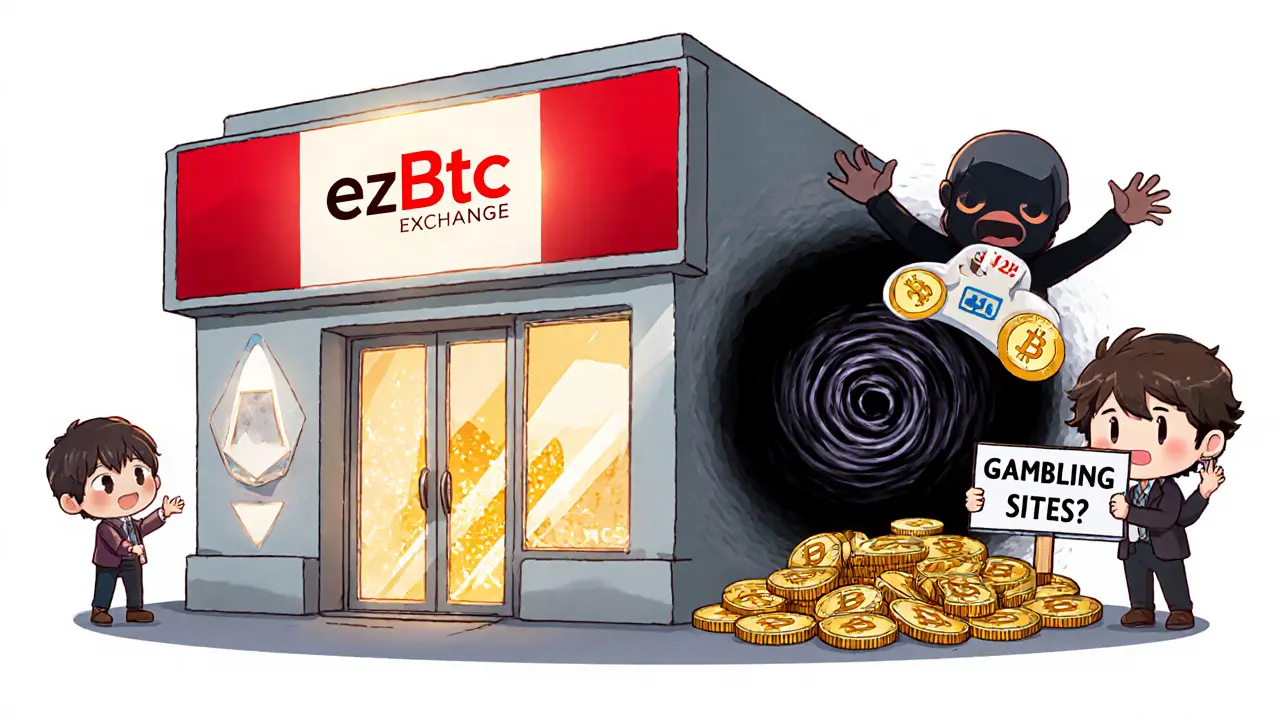Bitcoin Theft: How It Happens, Who Gets Hit, and How to Stay Safe
When someone steals Bitcoin, a decentralized digital currency that operates without a central bank or single administrator. Also known as BTC, it’s designed to be secure—but its security depends entirely on how you use it. Bitcoin theft isn’t sci-fi. It’s everyday fraud. In 2022 alone, over $3.8 billion in crypto was stolen, and Bitcoin made up the largest share. Most of it didn’t come from breaking the blockchain—it came from people clicking the wrong link, using a sloppy exchange, or leaving their coins in the wrong place.
There are three main ways Bitcoin gets stolen: exchange hacks, when a platform like Kraken or DSX gets compromised and user funds are drained, phishing scams, fake websites or emails tricking you into giving up your private keys, and wallet exploits, when users store Bitcoin on hot wallets or reuse passwords across services. You won’t find a single case where the Bitcoin network itself was cracked. Every major theft traces back to human error or weak third-party systems.
Look at the posts below. You’ll see how CoinRui vanished overnight, how DSX collapsed after security gaps were ignored, and how Kraken restricts users in certain countries to avoid regulatory traps that make them targets. You’ll also find warnings about fake airdrops like KCCSwap and CHY—scams that steal your attention and your keys. These aren’t random stories. They’re all connected by one truth: if you don’t control your keys, you don’t control your Bitcoin.
Security isn’t about buying the fanciest hardware wallet. It’s about habits. Did you enable two-factor authentication? Are you using a new, unique password for every exchange? Have you ever clicked a link from a Telegram group promising free Bitcoin? If you answered yes to any of those, you’re already at risk. Bitcoin theft doesn’t need a supercomputer. It just needs you to be careless for one second.
The tools to protect yourself exist. Cold storage, hardware wallets, multi-signature setups—they’re all proven. But most people skip them because they seem complicated. The truth? The real complexity is cleaning up after you’ve been robbed. You can’t reverse a Bitcoin transaction. Once it’s gone, it’s gone. No customer service, no chargeback, no magic fix.
Below, you’ll find real case studies—defunct exchanges, banned jurisdictions, fake tokens, and hidden risks. Each one shows how theft happens in practice. No theory. No fluff. Just what went wrong, who got hurt, and how you can avoid the same fate.

